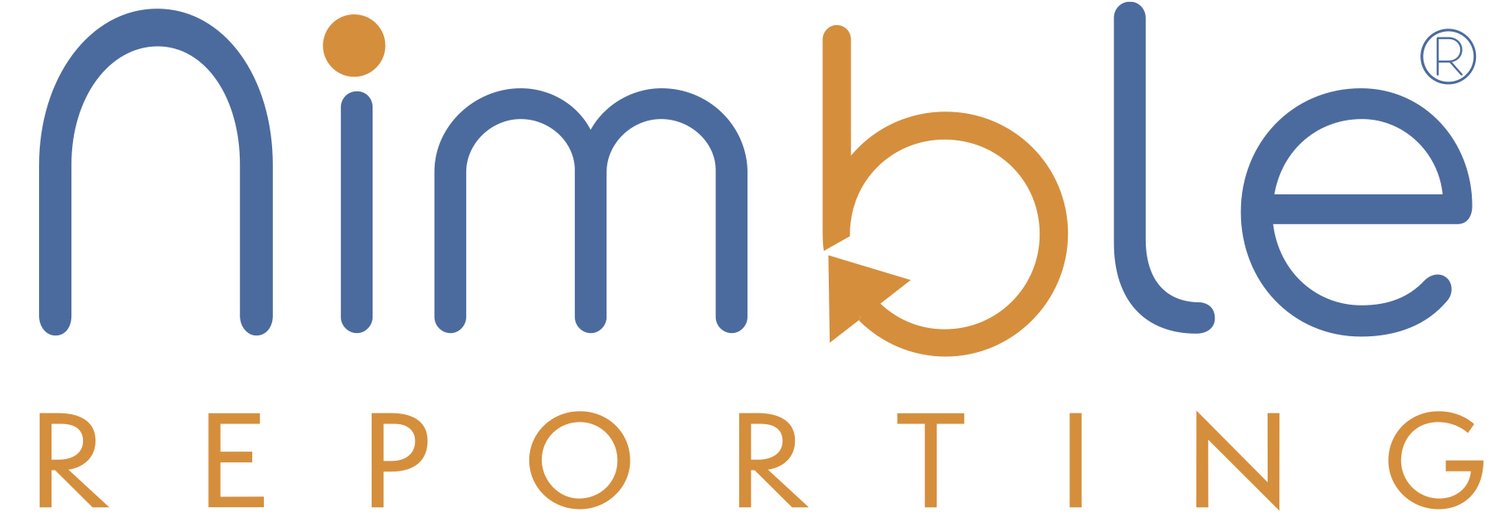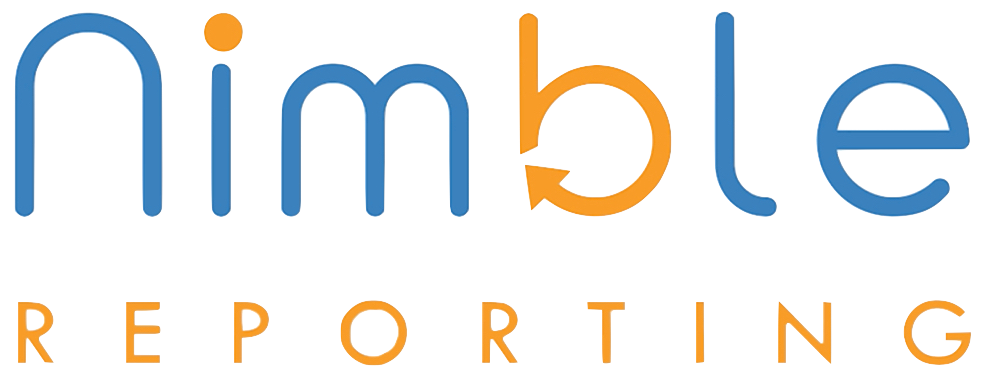Breaking down all the changes coming to Obamacare next year
It is clear that the Affordable Care Act is a moving target in terms of the changes that happen year to year. At Nimble Reporting we are well aware of these changes and how they affect payroll companies and their clients. This article is a good synopsis on what is coming for 2023 and we wanted to share it with you.
After four straight years of premium declines, Affordable Care Act policies will be more costly in 2023. However, most enrollees won’t feel the increase thanks to enhanced federal subsidies that congressional Democrats were able to extend.
The average monthly premium for the benchmark silver plan in 2023 will rise by 4% in the 33 states participating in the federal exchange, healthcare.gov, according to a Department of Health and Human Services report released Wednesday. That compares to a 3% drop for this year.
The increase in Obamacare premiums mirrors the trend in employer-sponsored coverage for 2023. Most workers can expect to see premiums and out-of-pocket costs increase at a faster rate than in recent years due to inflation, experts said.
Consumers will be able to start comparing Affordable Care Act plans Wednesday when the federal exchange opens for window shopping. Open enrollment launches November 1 and runs through January 15, though folks must sign up by December 15 if they want coverage to begin at the start of the year.
The Biden administration is heavily touting the generous subsidies, which will allow four out of five enrollees to select plans that cost less than $10 a month and save enrollees an average of $800 a year in premiums.
The assistance helped drive sign-ups for 2022 to a record 14.5 million people, including 6 million people who newly gained coverage. The national uninsured rate has reached an all-time low.
The subsidies were originally enhanced for two years as part of the Democrats’ $1.9 trillion coronavirus relief plan, which passed in March 2021. It made two changes to the subsidies to address long-standing complaints that Obamacare plans are not affordable for many people, particularly the middle class.
Enrollees now pay no more than 8.5% of their income toward coverage, down from nearly 10%. And lower-income policyholders can receive subsidies that eliminate their premiums. Also, those earning more than 400% of the federal poverty level are eligible for help for the first time.
Democrats scrambled this year to extend the subsidies so that consumers wouldn’t face big premium hikes just ahead of the midterm election. They succeeded in doing so as part of the Inflation Reduction Act, which passed in August. The subsidies will now last until the end of 2025.
No more ‘family glitch’
More families will be eligible for subsidies on the exchanges in 2023 after the Biden administration finalized a rule addressing the “family glitch.”
Under Obamacare, workers who don’t have “affordable” health insurance options through their jobs can qualify for subsidized coverage on the exchanges. A work-based policy is considered “affordable” if it costs the employee less than roughly 10% of his or her income for single coverage.
However, until now, the health reform law didn’t take into account the increase in premiums for adding family members to the policy, even if it pushed the cost above the threshold.
The rule allows family members of workers who are offered affordable single coverage but unaffordable family policies to qualify for subsidies on the Obamacare exchanges for the first time.
About 1 million people are expected to either gain coverage or see reductions in premiums, according to the White House.
More choices
Some 220 insurers are participating on the federal exchange for 2023, an increase of seven from this year. Roughly 92% of enrollees will have a choice of at least three insurers, up from 89% this year.
Also, consumers will find that every carrier must offer a standardized plan, which has a set deductible and out-of-pocket maximum, as well as copays or coinsurance.
The deductibles are heftier than in non-standardized policies, but certain benefits, such as generic and preferred brand drugs, primary care and specialist visits, urgent care, mental health and substance abuse outpatient office visits, and speech, occupational and physical therapy will be available pre-deductible.
Consumers are encouraged to actively shop for coverage, rather than let themselves be automatically reenrolled in their existing policies. It’s possible that they can get a better deal or that their plan may go up in price for 2023, even with the subsidies.
Big enrollment push
The Biden administration is spending big to make sure people know about Affordable Care Act coverage and the subsidies and get help enrolling in plans.
It is providing just under $100 million in funding – the largest amount ever – for navigators to assist people in signing up for coverage. The money will help groups retain staff and add to the more than 1,500 navigators who assisted enrollees this year.
And the administration is investing in outreach, particularly in communities of color.
Americans with historically higher uninsured rates flocked to the exchanges over the past two years, according to a report released Tuesday by the Department of Health and Human Services.
Black and Latino consumers saw a 49% and 53% increase in enrollment from 2020, respectively, while American Indian and Alaska Native consumers saw a 32% jump.


